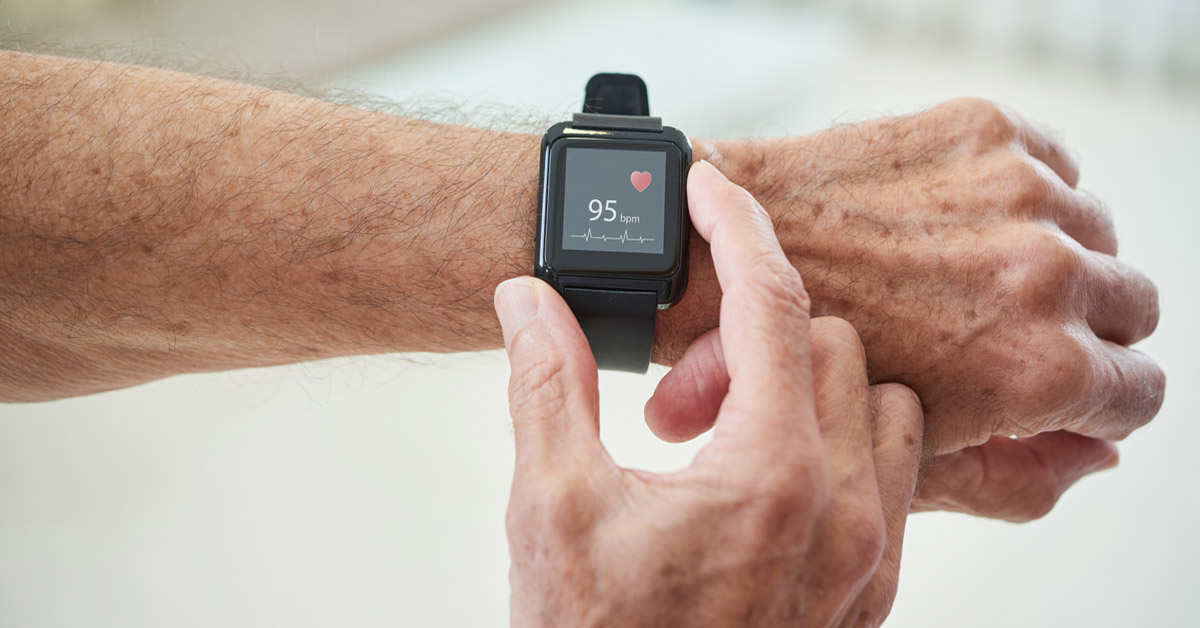Summer is a time for traveling to fun, faraway places. However, that can come with a major health risk you haven’t even considered – blood clots.
In fact, the Centers for Disease Control and Prevention (CDC) estimates someone in the United States dies of a blood clot every six minutes.
“Blood clots form when blood flow is slowed or stopped,” Michael Ludkowski, MD, an interventional radiologist at Bon Secours St. Francis, shares. “Most start in the deep veins of the legs. This is called deep vein thrombosis (DVT), which typically causes pain and swelling in the leg but can quickly escalate into a life-threatening situation, such as a pulmonary embolism.”
DVT most commonly forms when a person is relatively immobile, such as when they are recovering from a surgery or an illness. However, it can also occur in a healthy person if they’ve been seated for a long period of time on a plane or in a car.
Anyone traveling more than four hours in a confined space can be at risk for blood clots.
However, most people who develop travel-associated blood clots have one or more other risk factors such as:
- Older age (risk increases after age 40)
- Obesity
- Recent surgery or injury (within three months)
- Pregnancy and the postpartum period (up to three months after childbirth)
Many times, blood clots will dissolve on their own. However, the danger is created when these clots break free.
“If the clot floats free from the leg, it can travel to the arteries in the lung and create a pulmonary embolism,” Dr. Ludkowski explains. “This can cause symptoms ranging from mild chest pain and shortness of breath to dizziness, lightheadedness or even passing out.”
Because the symptoms are different for every person, it can be hard for people to recognize the warning signs. In fact, studies have shown fewer than one in four people recognized the signs and symptoms of blood clots, which makes it hard for them to seek help until it’s too late.
This is why it’s so important to seek help if any of the above-mentioned symptoms arise for you.
Also, to reduce your risk of forming a travel-related blood clot this summer, make sure to move your legs frequently and walk around every one to two hours. If on a plane, that may mean taking a trip to the bathroom just to stretch your legs. If you’re in the car and have more control of your itinerary, plan out frequent stops. In either situation, you can also stay mobile through stretches – flexing your ankles and pulling your knees up toward your chest – to improve the flow of blood throughout your legs.
“The good news is blood clots are not only preventable, but also very treatable if detected early,” Dr. Ludkowski says.
“There are specialized doctors with high-tech tools that can remove blood clots from the veins in the legs or the arteries in the lungs. These procedures are performed through tiny incisions, no more than half an inch long. This usually allows us to get patients back on their feet within just a few days.”
After clots are removed, blood thinners and special compression stockings are often used as standard treatment until any leg swelling is resolved. Dr. Ludkowski adds that most people get back to their usual activity levels in a matter of weeks. Just remember, it’s time to seek medical care if you feel a hard spot or clot anywhere on your body or if you notice redness and swelling.
Learn about the heart and vascular care services we provide at Bon Secours.




